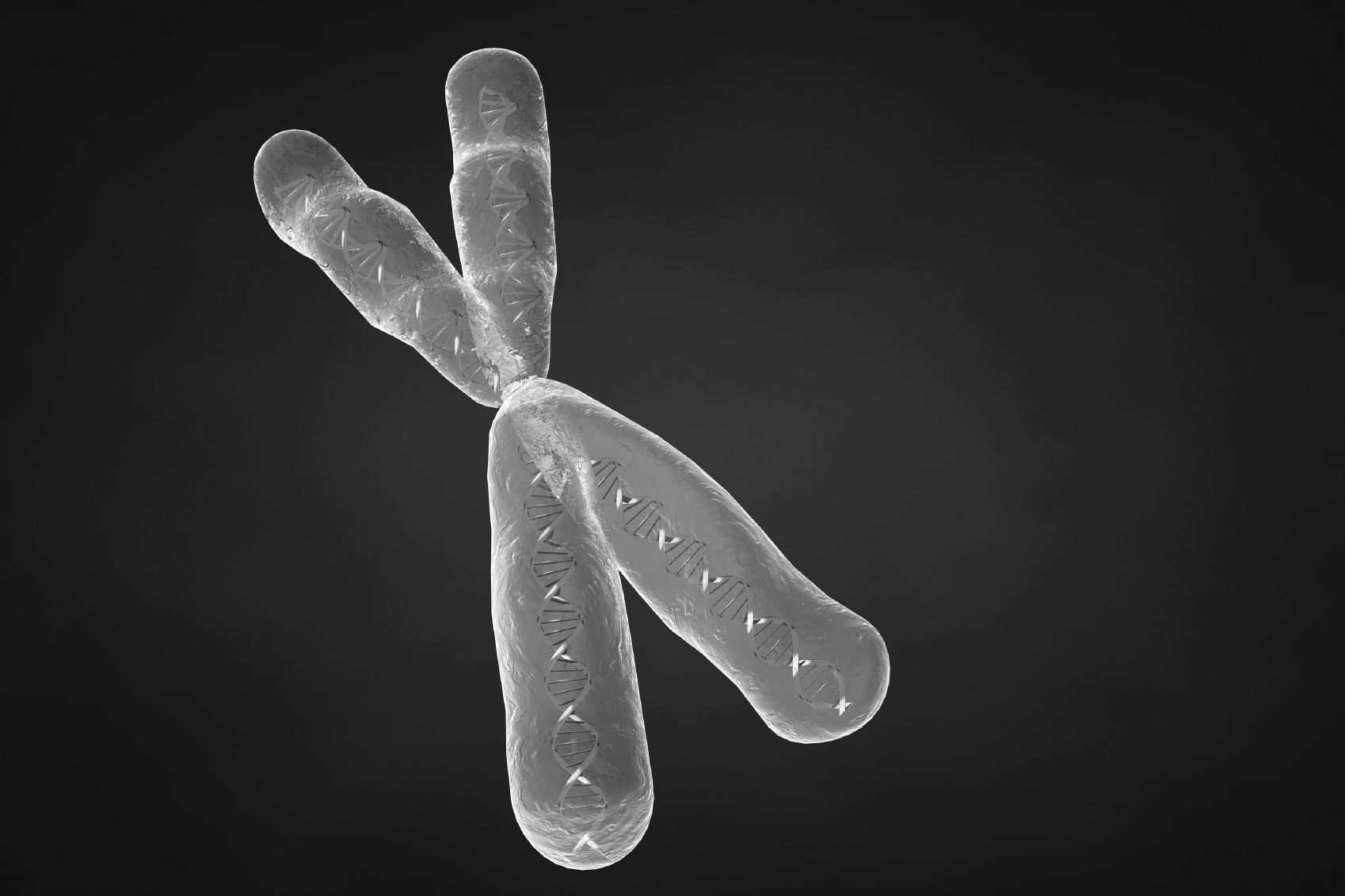The media constantly bombards us with coverage of presumed cancer causing agents, jumping to the conclusions that we should ‘avoid this’ or ‘avoid that,’ only to contradict themselves the following week. Since the culmination of the Human Genome Project, which succeeded at sequencing the entire human genome, the media has placed a heavy focus on the identification of potential cancer genes. Articles concerning cancer causes, such as the recent news that the BRCA gene—a gene related to breast and ovarian cancer—places you at high risk for breast cancer, have taken over the newsstands. However, the bold headlines—which have succeeded in scaring many readers—are misleading.
The correlation between genes and cancer tends to be over-hyped. Media frequently labels them as deterministic factors, when in reality, the contribution of potential cancer genes remains unclear. These broad claims have led many otherwise healthy individuals to undergo drastic and premature procedures in an effort to reduce their risk of developing disease. For example, many women who have tested positive for the mutant BRCA1 and 2 alleles have elected for pre-cancerous mastectomies, even though the BRCA mutation only appears in two per cent of breast cancers.
As McGill professor Dr. Bruce Gottlieb points out, modern cancer therapeutics have yet to progress significantly beyond the scope of tumor excision—surgical removal of a tumor—introduced by the ancient Romans. Billions of dollars and datasets later, we are still no closer to a cure, nor identifying the cause of cancer.
So why the lack of progress? According to Gottlieb, our approach may be wrong. Since the advent of DNA sequencing, scientists have focused on uncovering and investigating oncogenes and tumor suppressor genes. This is called the two-hit hypothesis. Humans have 23 chromosomes, and each chromosome is composed of two copies of the same gene, also known as an allele. In the two-hit hypothesis, a mutated copy of one of the aforementioned genes is inherited from one parent, while the second normal copy eventually mutates due to carcinogenic exposure. Once both genes are mutated, the cell undergoes rapid proliferation, resulting in tumor formation.
“It was believed that uncovering these genes would be the magic bullet for cancer,” Gottlieb said. “[However], there were [only] two basic results from these studies. You get many mutations in many different genes being identified for no rhyme or reason. It just doesn’t make sense… A gene variant in one individual can be associated with a disease, yet in another individual with that same alteration there’s no phenotype [the disease is not present].”
Thanks to advances in biotechnology, genomes can now be easily sequenced for a fraction of the cost. This has created a stir in the field of cancer genetics—many believe that with this technology, a potential breakthrough is on the horizon. Gottlieb does not agree.
“People have started to look to see if every tumor in an individual has the same genetic sequence,” he explained. “What did they find? They don’t.”
Gottlieb conducted a recent experiment in which different regions of an individual’s prostate tumor were excised and analyzed. They found similar results: different genes are mutated in different parts of the same tumor. These results demonstrated that cancer genetics is much messier than expected—a reality the reigning two-hit hypothesis fails to explain.
“You need to understand the context of a mutation in order to grasp its significance,” Gottlieb stressed.
Gottlieb believes that each individual has their own DNA reference sequence; and to understand what’s happening you need to look at both the diseased and normal cells from a particular tissue. Mutations are not only specific to an individual, but also to a tumor, and regions within that tumor.
This manner of research may be a game changer for cancer. Based on these results, it appears that our methods of assigning risk to potentially cancer-causing genes are overly simplistic, and our therapeutics too crude. It is somewhat ironic that a disease considered largely universal—one that touches us all—can be highly individualistic at the same time.







